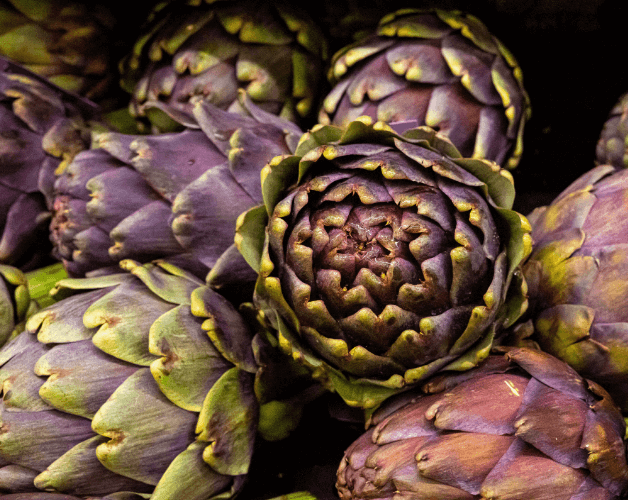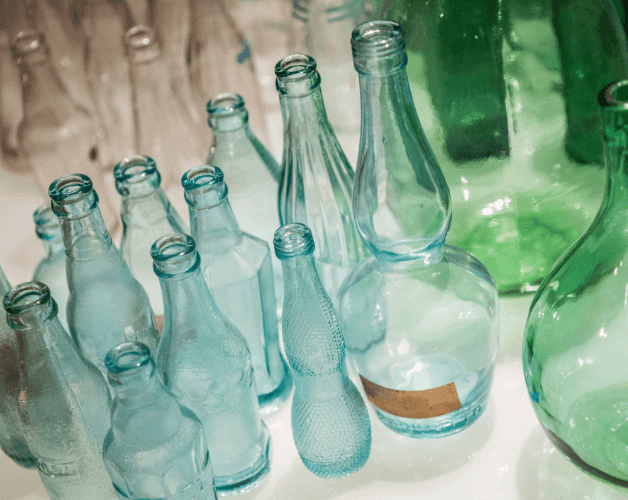Sapori tipici e tradizioni che si tramandano di generazione in generazione. Oltre ad offriti arte e paesaggi meravigliosi, Empoli e il suo territorio ti invitano ad assaporare le materie prime più genuine e a esplorare le produzioni storiche della città.
The DOC wine Bianco dell’Empolese is produced in the Empoli hills and all the towns in the area. It is made from Trebbiano Toscano grapes, the reigning grape in the region and used for numerous Tuscan DOC wines.
White grapes are harvested after red, to allow the fruit to fully mature. The wine is usually produced using a quick vinification process: the grape juice is in fact generally extracted immediately, so that the skins are not fermented This results in a light, delicate, fragrant wine to be drunk young, preferably within one year from the harvest.
Bianco dell’Empolese pairs well with fish, vegetables, panzanella, marzolino cheese, eel and fried artichokes. There is also a sweet version, Bianco dell’Empolese Vin Santo DOC.


Known in Tuscany since 1800, when the botanist Ottaviano Tozzetti established the differences between carciofo “violetto” and carciofo “empolese”, the latter distinguished for a lack of prickles andlate production between March and June.
It has an intense flavour, a balanced note of sweet and bitter and an especially tender, compact consistency. It results from a particular cultivation process as well as the specific climatic conditions of the area.
With respect to the other artichokes on the market, the Empoli artichoke has leaves arranged in a rose pattern that are glossy green at the top and greenish grey at the bottom.
Every year, between April and May, you can taste the local artichokes at a dedicated festival, the Sagra del Carciofo Empolese.
For more than sixty years, Empoli has been known for its artisan (and later industrial) production of gelato. Shortly after World War II, the Bagnoli family transformed a café/dairy shop into an artisan workshop called Sammontana, the name of the farm that supplied the milk. There, they experimented with new mixtures, which quickly came to be appreciated and sought after even outside the area.
The production process was therefore mechanised and, in the 1960s, the new Sammontana factory was built. The company also developed a large commercial network that brought it into competition with the industry giants. Its logo is still the iconic smile created by the American graphic designer Milton Glaser.
In 2008, the municipality of Empoli awarded the Bagnoli brothers the prestigious Sant’Andrea d’Oro prize. A commendation that highlights the company’s attention to development while remaining firmly rooted in the Empoli area where it began and still has its headquarters.


Glass production, documented in Empoli as early as the 15th century, surged when Domenico Lorenzo Levantini began producing majolica just outside the city walls. In 1830, Francesco Del Vivo and Michele Ristori later founded a glassworks at that same site that remained active until 1984.
Most of the workforce concentrated on producing artisan, and then industrial, glass, while thousands of women worked at home “dressing” the fiascos and objects for the table.
One of the most original expressions of Italian artisanship emerged from the production of art glass and green glass: goblets, drinking glasses, table sets and gifts for an ever-growing number of Italian and foreign clients.
The Museo del Vetro di Empoli, the city’s glass museum, still celebrates this important product, which shaped the development of the region.
